Maine Operation Lifesaver
About ME OL
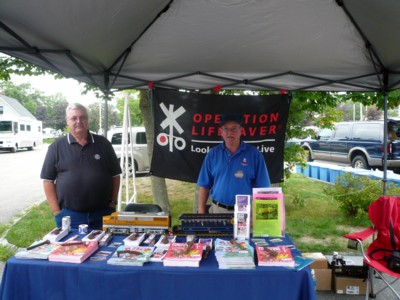
What is Maine Operation Lifesaver
Maine Operation Lifesaver is a non-profit 501(c)3 public education and information program dedicated to reducing collisions, injuries, and fatalities at railroad crossings along Maine's nearly 1,200 miles of active rail lines. Maine Operation Lifesaver also works to make the public aware of the dangers of trespassing on private railroad property.
Members of the state committee include mostly current and retired officials representing Maine's railroads, private industry, Maine Department of Transportation, and the Federal Railroad Administration. These volunteers meet monthly to coordinate and carry out related presentations and projects statewide. Activities are funded primarily by the state's rail carriers.
Nationwide, Operation Lifesaver programs exist in 50 states and have contributed significantly to the more than 50 percent reduction in crashes and fatalities at railroad crossings. In Maine, statistics reveal a sharp decrease in such crashes from 23 collisions killing three and injuring nine others in 1990 to nine incidents in 2006 resulting in several injuries and one fatality. However, in Maine and elsewhere, trespassing incidents are on the rise and are a new focus of Operation Lifesaver efforts. Around the country, there were nearly 2,900 crashes in 2006, killing 368 and injuring 999 others. 530 people were killed last year in related trespassing incidents caused by such things as walking and motoring along tracks and railroad bridges, throwing objects at trains and placing objects on the tracks, and hitching joyrides on trains.
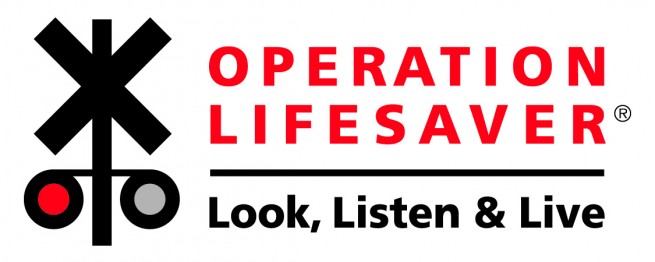
Become an Operation Lifesaver Authorized Volunteer
Maine Operation Lifesaver is an important part of an international non-profit educational organization dedicated to safety at railroad crossings and along railroad right of way. We invite you to learn more by clicking the brief video about Operation Lifesaver and welcome new volunteers with an interest in making our communities safer. Please watch the video "The Difference Starts with You" see how you can help.
Become an Operation Lifesaver Authorized Volunteer or Associate!
Help is always needed to get the OL safety message out to new and different audiences. It is our goal to have presenters in every community who can speak to driver education classes, truck drivers, school programs, etc.
If public speaking is not your thing, you can become an associate, helping get our message out at community events or model railroad display.
ME OL Events
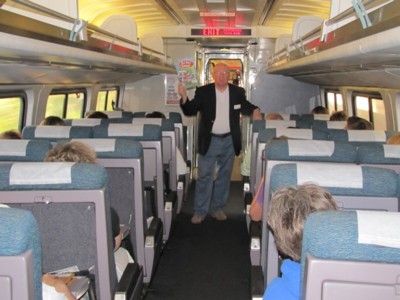
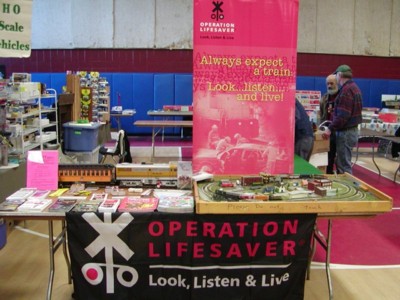
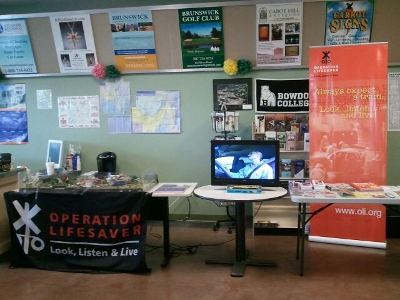
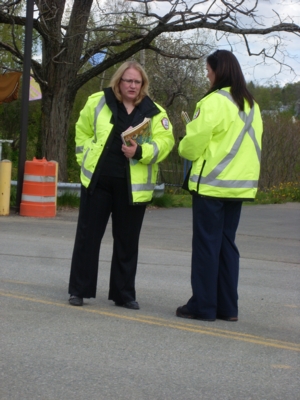
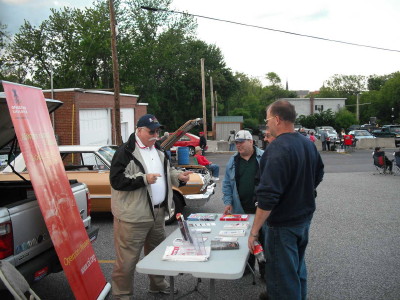
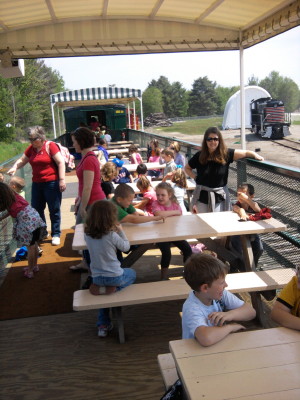
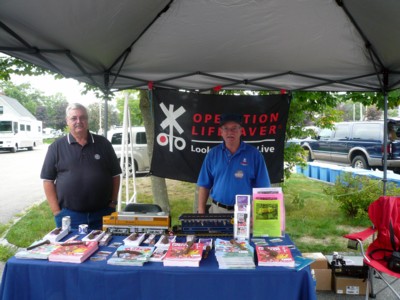
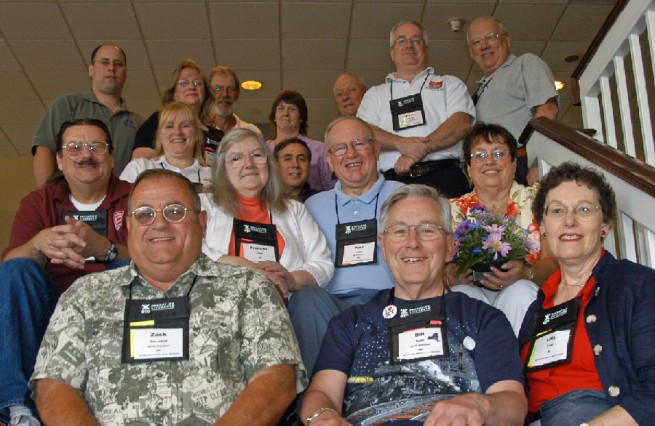
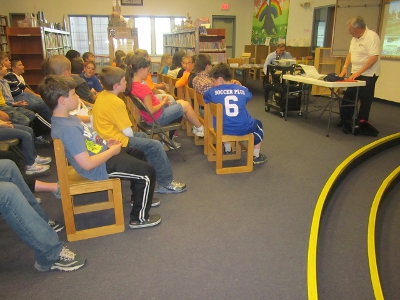
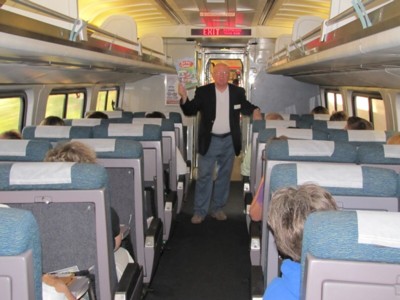

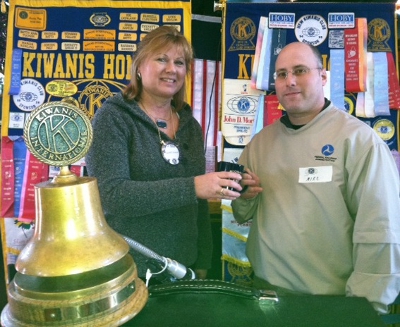
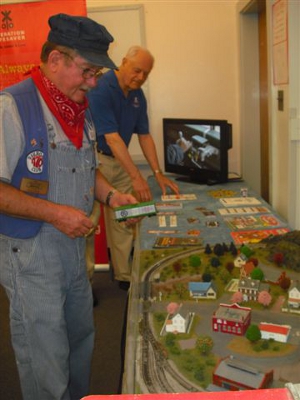
ME OL Safety Partners
Organizations
- Operation Lifesaver, Inc.
- Operation Lifesaver - Canada
Railroads
- Amtrak Downeaster
- Central Maine and Quebec
- Saint Lawrence and Atlantic Railway
- Maine Northern Railway
- Eastern Maine Railway
- NBM Rail Services Inc.
- Pan Am Railways
- Belfast and Moosehead Lake Railroad
- Downeast Scenic Railroad
Government
- Federal Railroad Administration
- Maine Department of Transportation
ME OL Statistics
To view the most current statistics, please visit the Federal Railroad Administrations page.
HISTORY & PURPOSE
Each year, highway-rail crashes kill over 500 people, over 2,000 more are seriously injured.
Operation Lifesaver is:
An active continuous public information and education program to help prevent and reduce crashes, injuries and fatalities and improve driver performance at the nation's 268,000 public and private highway/rail grade crossings.
Why it is needed:
. . . Because thousands of people are seriously injured and hundreds are killed in highway/rail grade crossing crashes and trespass incidents each year.
. . . Because a rail/highway grade crossing presents a unique traffic environment for motorists, many drivers do not cross railroad tracks often enough to be familiar with the warning devices designed for their safety. Often they are unaware that trains cannot stop as quickly as motor vehicles to avoid a collision. Others simply ignore all warnings because they are "in a hurry" and would rather play "beat the train" than wait. Driver ignorance and impatience are the most common factors contributing to motor vehicle/train collisions at highway/rail grade crossings.
When it began:
. . . Operation Lifesaver began in Idaho in 1972 after community leaders and the railroad together developed a public education program to avoid tragedies by urging people to make safe decisions at highway-rail grade crossings. At the end of the first year, Idaho's highway-rail grade crossing fatality rate dropped by 39 percent.
. . . A second program, initiated in Nebraska, demonstrated even more impressive results after a one-year period -- a 46 percent reduction in rail/highway grade crossing fatalities.
. . . In recent years, the program has been expanded to encourage safety on rail rights-of-way with the slogan, "Stay Off! Stay Away! Stay Alive!"
Where it is active:
Fifty states, the District of Columbia, and several countries including Canada, Mexico, England, Estonia, and Australia have their own Operation Lifesaver programs. It is at the grassroots level -- in the cities, in rural communities, and in the schools where Operation Lifesaver has been most effective. States have reported fatality reductions at highway/rail grade crossings ranging from 28 percent to 100 percent one year after establishing the program.
Who gets involved:
. . . The nation's railroads, related federal, state, and local governments, business, railroad suppliers, labor, civic and community leaders and other concerned safety professionals are all part of state programs. But it doesn't end there. Any person, including yourself and your organization, is welcome to join a state program or become involved at the local level doing whatever you can to help educate motorists that they need to exercise greater care when driving across highway/rail grade crossings and to stay off railroad tracks and away from related railroad property.
How you can help:
. . . As we've said, the key to the success of Operation Lifesaver is through participation at the grassroots level. You can become involved by contacting Operation Lifesaver, Inc. or your state Operation Lifesaver Coordinator. Your local PTA, church, women's club, civic or fraternal organizations to which you belong may want to be part of Operation Lifesaver.
Key Safety Tips
Advance Warning Signs

The Advanced Warning sign is usually the first sign you see when approaching a highway-rail intersection. It is located a sufficient distance ahead to allow a driver to stop before reaching the crossing.
The Advance Warning sign advises you to slow down, look and listen for the train, and be prepared to stop if a train is approaching.
Pavement Markings

Pavement Markings, consisting of an R X R followed by a Stop Line closer to the tracks, may be painted on the paved approach to a crossing. Stay behind the Stop Line while waiting for a train to pass.
Crossbuck Signs

Crossbuck signs are found at highway-rail intersections. They are yield signs. You are legally required to yield the right of way to trains. Slow down, look and listen for the train, and stop if a train approaches.
When the road crosses over more than one set of tracks, a sign below the Crossbuck indicates the number of tracks.
Flashing Red Light Signals

At many highway-rail grade crossings, the Crossbuck sign has flashing red lights and bells. When the lights begin to flash, stop! A train is approaching. You are legally required to yield the right of way to the train. If there is more than one track, make sure all tracks are clear before crossing.
Gates

Many crossings have gates with flashing red lights and bells. Stop when the lights begin to flash and before the gate lowers across your road lane. Remain stopped until the gates go up and the lights have stopped flashing. Proceed when it is safe.
Driver Awareness
Watch For Vehicles That Must Stop!
Be prepared to stop when following buses or driving behind trucks with hazardous materials placards. Federal regulations and the laws of most states require them to stop at every highway-rail intersection, unless advised by appropriate signs.
Beware The Optical Illusion
You cannot accurately judge a train's speed or distance. Do not take chances. An optical illusion makes a train seem farther away and moving more slowly than it is. Do not take chances.
Trains Can't Stop Quickly . . . You Can
After fully applying the brakes, a loaded freight train traveling 55 mph takes a mile or more to stop. A light rail train can take 600 feet to stop, and an 8-car passenger train traveling 80 mph requires about a mile to stop.
Be Especially Alert At Night
At night, judging speed and distance is particularly difficult. Be very cautious.
Contact Us
Officers:
Chairman of the Board:
Mr. Gary Briggs, Downeast Scenic Railway
Treasurer:
Mr. R. Mike White, Belfast & Moosehead Railway
Secretary:
Mr. Tim DeRoche, Saint Lawrence & Atlantic Railway
Board Members
Ms. Gaynor Ryan, Central Maine and Quebec Railway
Ms. Norma Griffiths, Federal Railroad Administration
